
Rasheed Araeen
Born 1935 in Karachi, Pakistan.
Lives and works in London.
Rasheed Araeen’s groundbreaking interpretations of Minimalism were born out of his academic undertaking in civil engineering. When he realized that the profession did not satisfy his artistic needs, he traded the rigidity of engineering for the freedom of expression offered by a dedicated art practice. Drawing from his studies, Araeen began producing ‘structures’ – works made in an open modular form that can be re-positioned. Although based in London, far away from the New York hub of Minimalist art, Araeen developed strikingly similar rhetoric to canonical artists such as Donald Judd. There are, however, key distinctions between Araeen and the New York group. For art critic Jean Fisher, this is the “difference between an instrumental, abstract-logical regulation of the world and an organic one.”
Alongside his structures, Araeen has produced a varied body of paintings and two-dimensional assemblages. In his calligraphic paintings, the artist references famous Islamic thinkers of the Abbasid era (8th – 13th century) and encodes their names in complicated geometric structures. While Arabic philosophy and Islamic calligraphy play an important role in his work, the artist warns against reductive interpretations of his work, noting that the symmetry of geometry in Islamic art acts as an allegory for human equality. In his cruciform works, Araeen combines photographic images with painted green panels. The final result is a raw and grainy image that exemplifies the tensions between East and West, particularly after the Gulf wars.
Rasheed Araeen, Al Nour (The Light), 2021, Neon triptych, 63 x 85 in (160.02 x 215.9 cm)
Rasheed Araeen, Allah (green/green), 2021, Acrylic on canvas, 63 x 94.75 (160.02 x 240.66 cm)
Rasheed Araeen, Bismillah 2B, 2022, Acrylic on canvas, 60 x 54.25 in (152.4 x 137.79 cm)
Rasheed Araeen, Char Chakray 2B, 2020, Acrylic on canvas, 70 x 105 in (177.8 x 266.7 cm)
Rasheed Araeen, Do Chakray 1, 2019, Acrylic on canvas, 63.25 x 63.25 in (160.66 x 160.66 cm)
Rasheed Araeen, Guftugu 1A, 2014, Acrylic on canvas, 63 x 94.5 in (160.02 x 240.03 cm)
Rasheed Araeen, Ishq Haqiqi, Ishq Majazi 2B, 2014, Acrylic on canvas, 63.25 x 79 in (160.66 x 200.66 cm)
Rasheed Araeen, Izmetullah (blue 1), 2022, Acrylic on canvas, 63 x 99 in (160.02 x 251.46 cm)
Rasheed Araeen, Red Structure, (1975) 2022, Acrylic on wood, 72 x 84.5 x 10 in (182.88 x 214.63 x 25.4 cm)
Rasheed Araeen, Untitled, 2022, Acrylic on wood, 72 x 81 x 11 in (182.88 x 205.74 x 27.94 cm)
Rasheed Araeen, Opus HA 4, 2017, Acrylic on canvas, 63 x 55 in (160 x 139.7 cm)
Rasheed Araeen, Opus AA 3 & Opus AA 4, 2016, Acrylic on canvas, 63 x 63 in each
Rasheed Araeen, Green Painting IV, 1987-94, Photographs, acrylic on plywood panels, 81.1 x 111.02 in (206 x 282 cm)
Rasheed Araeen, Green Painting III, 1987-94, Photographs, acrylic on plywood panels, 66.14 x 81.89 in (168 x 208 cm)
Rasheed Araeen, Flowers, 1987-94, Photographs, acrylic on plywood panels, 59.84 x 90.16 in (152 x 229 cm)
Rasheed Araeen, Bahar Ay Khushiyaan Laye (Come Spring Bring Happiness) II, 2016, Acrylic on wood, 64 x 84 x 7 in (162.6 x 213.4 x 17.8 cm)
Rasheed Araeen, Red Square Breaking Into Primary Colors, 2015, Acrylic on wood, 63 x 63 x 7 in
Rasheed Araeen, Milaap,1968 (2016), Wood and paint, 32 x 68 x 32 in
Rasheed Araeen, Red Square Breaking Into Rainbow Colors, 2015. Acrylic on wood. 63 x 63 x 7 in
Rasheed Araeen, Rainbow On The Ground Surrounding the Black, 2016, Paint on wood, 12 x 12 x 12 in (x25)
Rasheed Araeen, Black Painting, 1963, Black ink on paper, 22 x 29.5 in
Rasheed Araeen, Hyd V, 1963, Watercolor, pastel and black ink on paper, 25 x 29.5 in
Rasheed Araeen, Three Cheers for Rodchenko, 1971 (2015), Wood and paint, 61 x 132 x 7 in
Rasheed Araeen, Nine, 1968 - 75 (2016), Wood and paint, 24 x 24 x 24 in (x9)
Rasheed Araeen, Neela Peela (Blue Yellow), 1970 (2016), Wood and paint, 72 x 72 x 6 in
Rasheed Araeen, Mon St V, 1987, Wood and paint, 72 x 90 x 6 in
Rasheed Araeen, (3 + 4) SR, 1969, Wood and paint, 67 x 87 x 4 in
Rasheed Araeen, Triangles, 1970, Wood and photographic prints on paper, Photos: 19 x 19 in each, Floor structure: 72 x 72 in
Rasheed Araeen, Sculpture No 1, 1965, Steel and paint, 12 x 12 x 72 in (x4)
Rasheed Araeen, Sculpture No 2, 1965, Steel and paint, 48 x 48 x 48 in
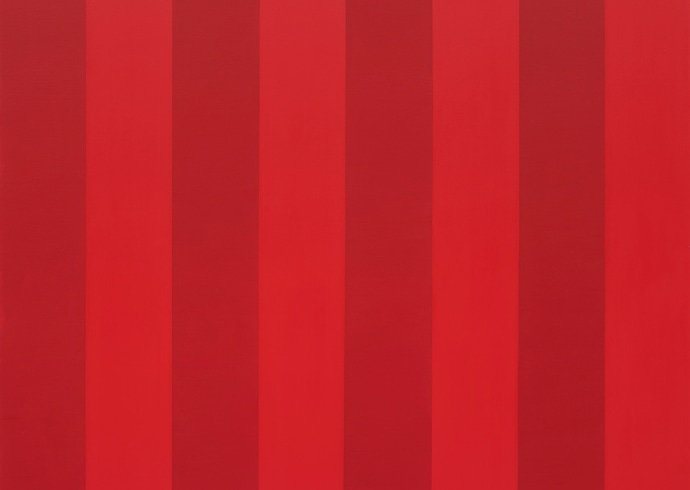
Though at times a puzzling read, artist Rasheed Araeen’s latest book critiques Western scholarship that ignores Islam’s influence on modern art.
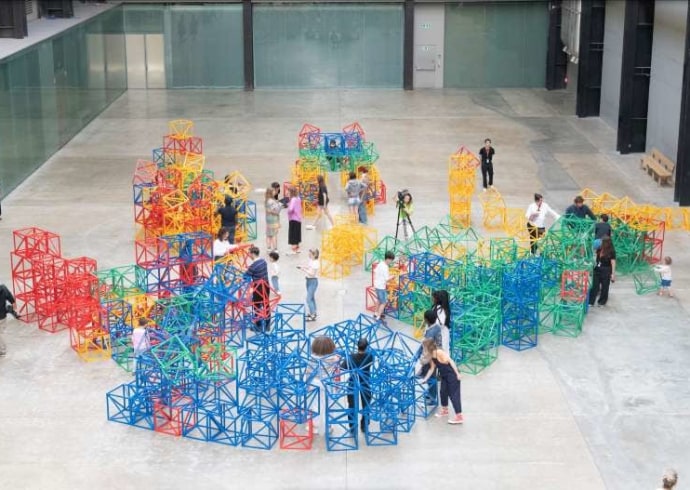
You don’t often get the chance to visit a museum and touch, move, shift or stack anything, making a date with the cubes, exploring ideas of symmetry, shape, and geometry, a fairly unique opportunity.
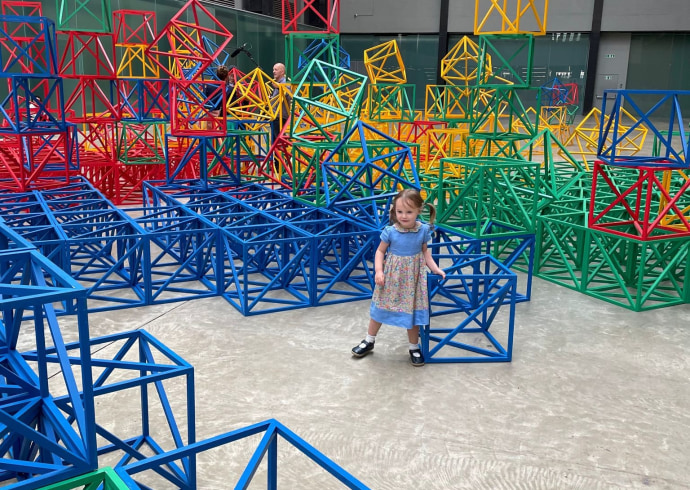
Rebel artist, now 88, had to wait till his mid-70s for international recognition
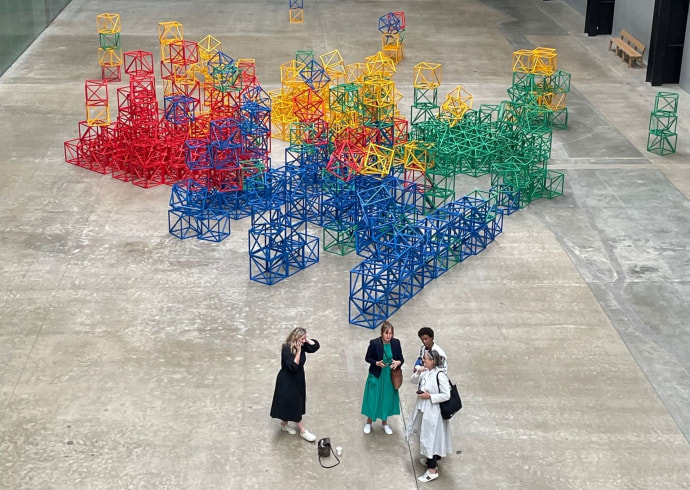
From Saturday 12 August, Zero to Infinity will be joined by Shamiyaana IV (Food for Thought: Thought for Change), an installation by Araeen outside Tate Modern comprising four colourful gazebos with tables and chairs.
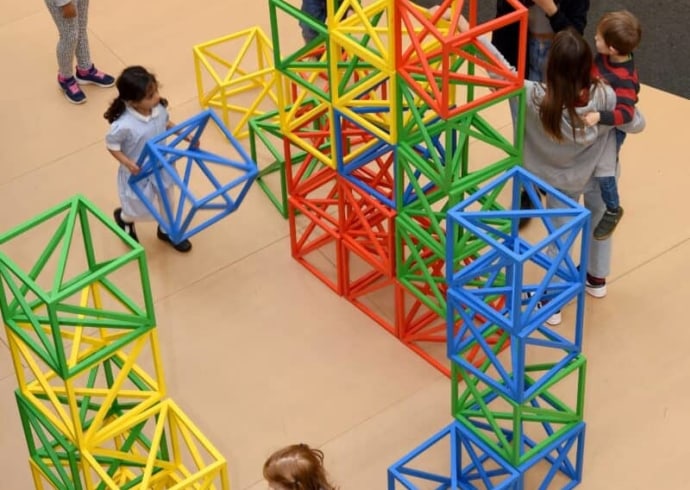
This summer, you have the chance to participate in an ever-changing artwork as Rasheed Araeen’s interactive Zero to Infinity is brought to life. Staged in the gallery’s iconic Turbine Hall as part of UNIQLO Tate Play – Tate Modern’s free programme of playful art-inspired activities for families in partnership with UNIQLO – the work features 400 brightly coloured geometric cubes which people of all ages are encouraged to stack, tilt and balance to create new configurations.
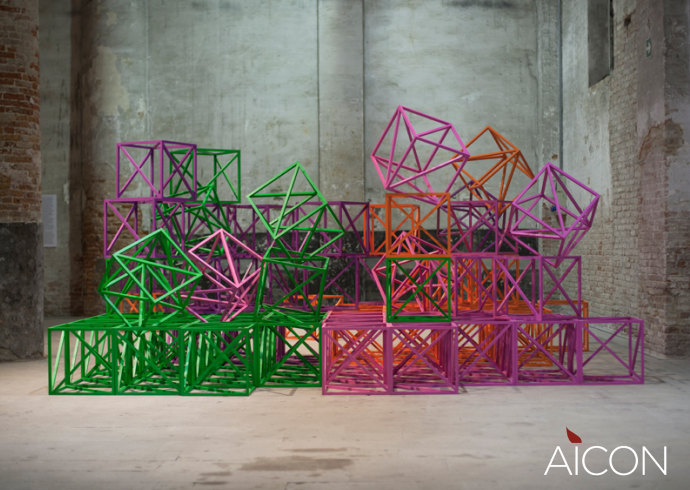
Take part in the performance of Rasheed Araeen’s endlessly changing sculpture. July 22 - August 27, 2023.
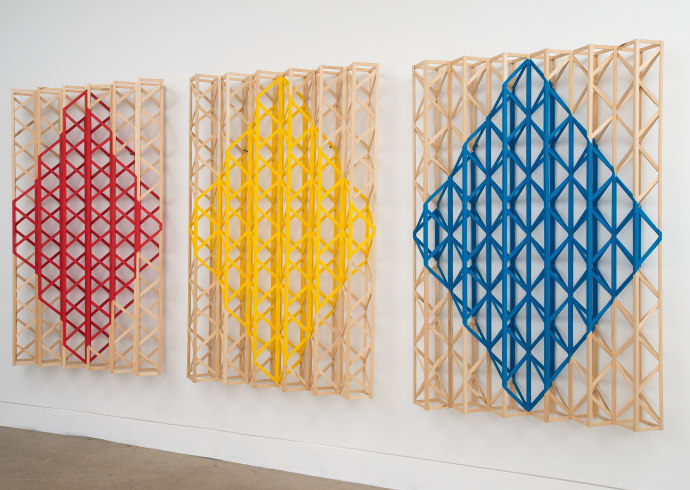
For a fair whose eye is so clearly on commerce, there was a merciful absence of the typical artists from big Western fairs. Instead, the focus was on artists from the surrounding region and South Asia. The fair’s artistic director, Pablo del Val, boasted that this edition of the fair ‘had the highest percentage of artists from the Global South’ in its history.
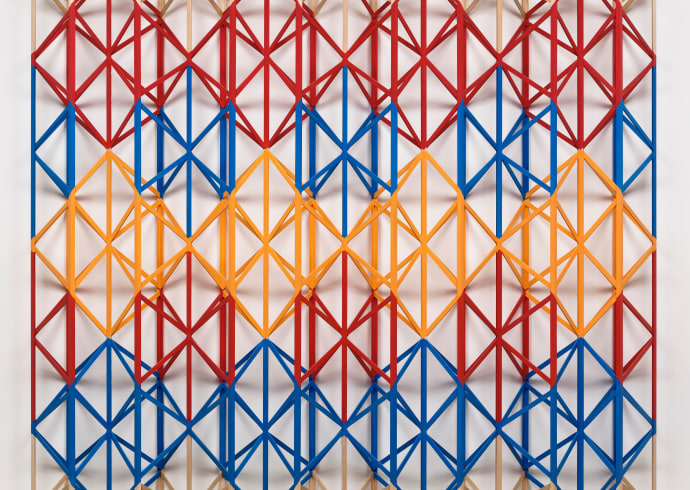
STIR speaks to galleries on their special inclusion at the India Art Fair which will present 86 exhibitors and more than 1000 artists from February 9-12, 2023, in New Delhi.
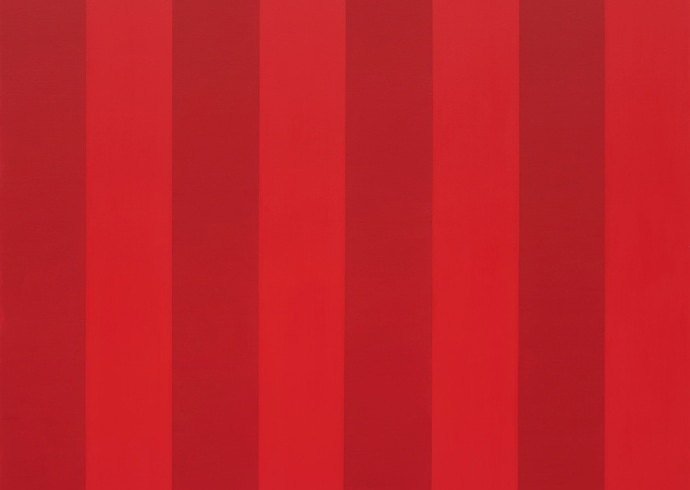
In artist Rasheed Araeen’s aesthetics, there is hardly a conflict between modernity and faith
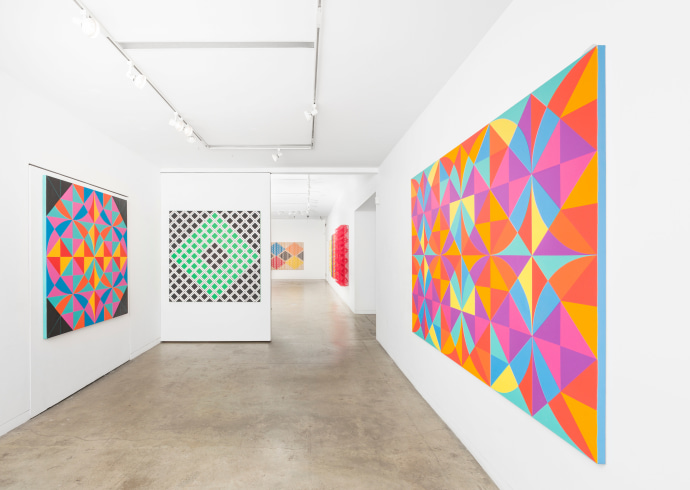
Rejecting the contradictions in the characterisation of his oeuvre by western institutions, Araeen considers the influence of Islamic thought in the development of modernism.
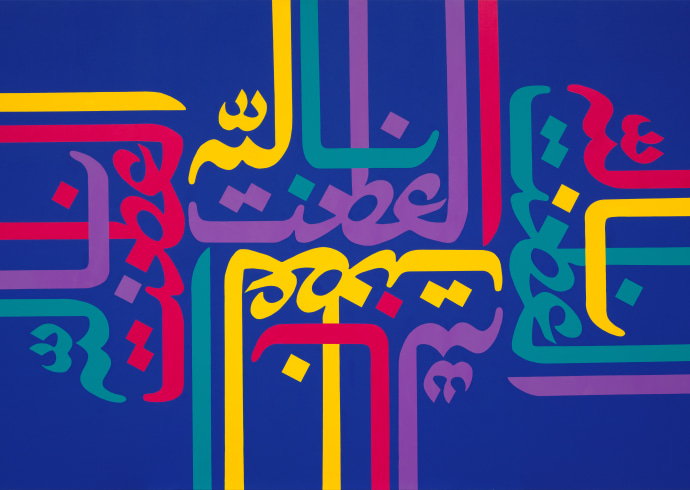
On occasion of his new publication Islam & Modernism (Grosvenor 2022) and a solo exhibition at New York’s Aicon Gallery (on through November 19), Araeen discusses the persistence of Eurocentrism in discourses of modernism.
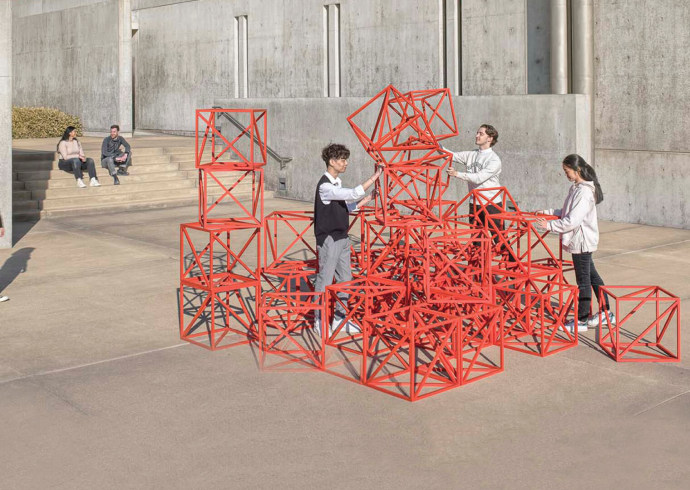
STIR explores the possibilities and limitations of participatory art that is highly political in nature, and can the original context and idea of public space be retained?

Rasheed Araeen’s new work on display at the COMO Museum can be connected to his earlier paintings in terms of abstraction.

Noted artist Rasheed Araeen’s public sculpture, unveiled at Bagh-i-Jinnah recently, has the ability to draw in viewers for close inspection
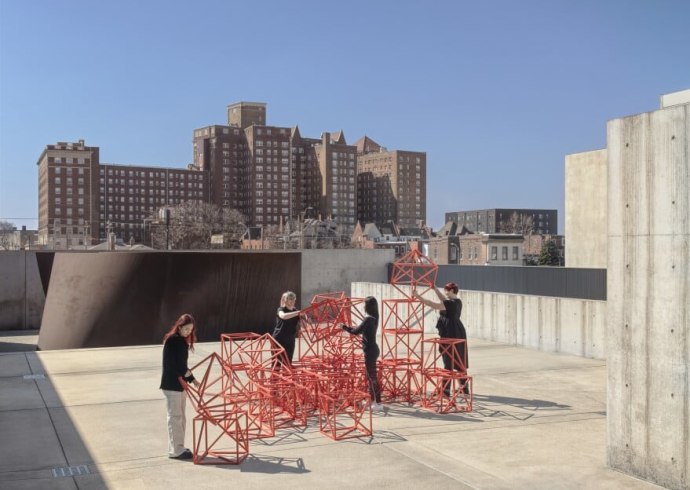
An exhibition now on view at Pulitzer Arts Foundation turns that instruction on its head. Visitors to “Assembly Required” are encouraged to pick up, fold, walk into or even wrap the artworks around themselves.
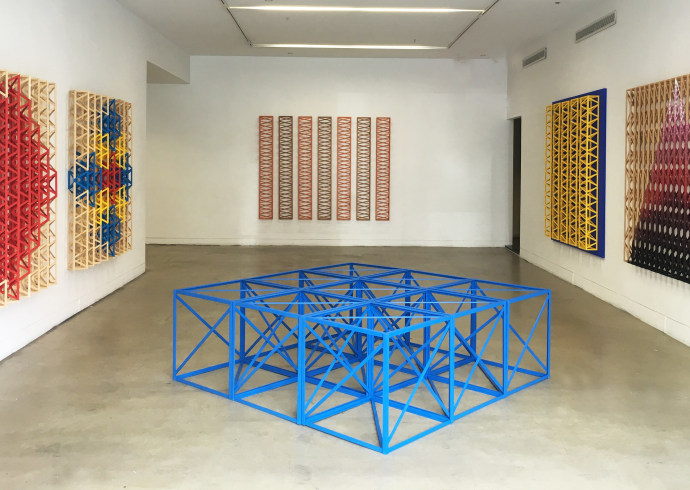
We are thrilled to announce the participation of Rasheed Araeen in the 57th Edition of the Venice Biennale, which runs from May 13 through November 26, 2017. Additionally, we are pleased to announce his participation in Documenta 14 in Athens, Greece from April 8 through July 16, 2017, and Kassel, Germany from June 10 to September 17. The projects will lead up to the opening of his major Retrospective at the Van Abbemuseum, Eindhoven, the Netherlands, which will run from December 2, 2017 to April 8, 2018.
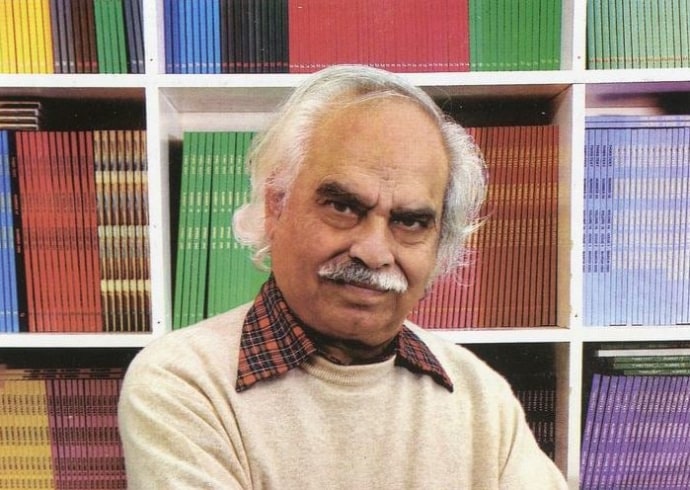
We are delighted to announce that a special exhibition showcasing the full retrospective of the works of Rasheed Araeen will be held at the Van Abbe Museum in Eindhoven, Netherlands from December 2, 2017 through April 8, 2018. The exhibition will showcase 60 years of Araeen's works, including significant institutional and private loans, selections that form the artist’s archives, and works realized specifically for the exhibition
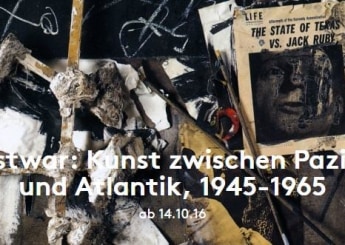
We are excited to announce the inclusion of Rasheed Araeen in the upcoming exhibition Postwar: Art Between the Pacific and the Atlantic, 1945 - 1965, on view at Haus de Kunst, Munich, Germany from October 14, 2016 through March 26, 2017. Alongside Araeen's works My First Sculpture (1959) and Burning Bicycle Tires (1959-61), the exhibition features the work of Joseph Beuys, Robert Rauschenberg and many others. "The exhibition examines the vibrant and turbulent postwar period as a global phenomenon for the first time in recent exhibition history. In eight dramatic chapters, the exhibition guides visitors through the first 20 years following the end of World War II..."
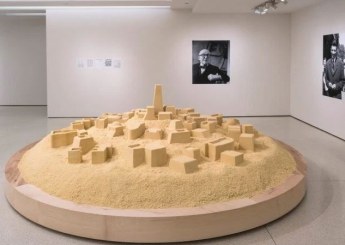
We are pleased to annouce that Rasheed Araeen will be speaking at the Guggenheim New York on Friday Sept. 23, 2016 at 2pm as part of the museum's seires of lectures (De)Coupling as Discourse on the Global South, taking place concurrent with the exhibition But a Storm is Blowing from Paradise, on view until October 5, 2016. The discussion, organized by Sara Raza, will explore "the autonomous rise of contemporary art in the Global South, this two-day symposium traces aesthetic and contextual change to identify an elastic discourse around global visual culture."
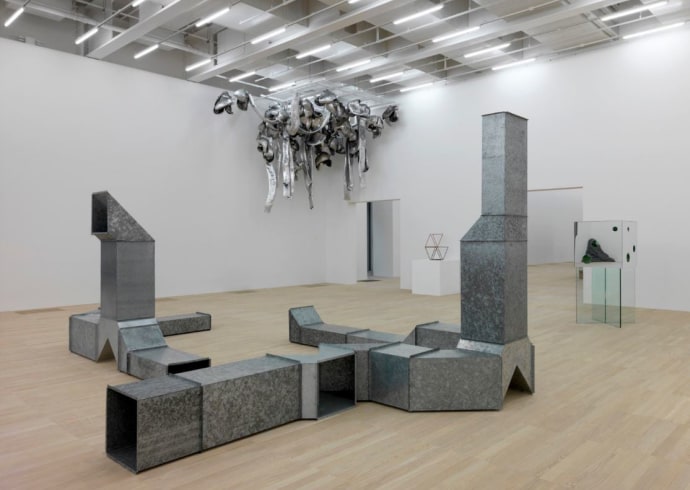
We are delighted to announce that Rasheed Araeen's work Lovers (1968) is now on permanent view in the exhibition Between Object and Architecture at the Tate Modern in London. The exhibition, on display in Switch House, Level 2, West, explores the ongoing dialog between Contemporary Art and Architecture, and between materials and space. Araeen's Lovers is joined in the West Room by work from artists such as Carl Andre, Felix Gonzalez-Torres, Yayoi Kusama, and many others. Lovers was acquired by the Tate in 2011, joining the works 3Y + 3B (1969), Rang Baranga (1969), Bismullah (1988), and Zero to Infinity (1968 - 2007) in their permanent collection.
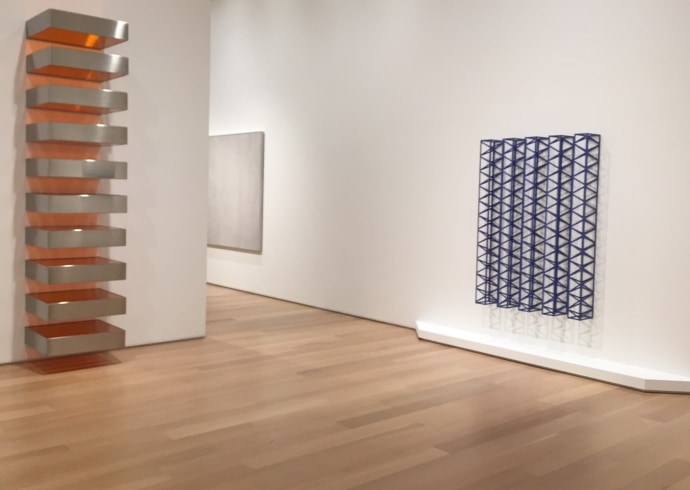
Aicon Gallery is proud to announce the most recent set of insitutional acquistions by artist Rasheed Araeen. Since Araeen's last solo exhibition, Minimalism Then and Now, held at Aicon Gallery in May, 2015, we are delighted to have placed his work with the following collections. The Guggenheim, Abu Dhabi - Chakras (1969-70), The Albright-Knox Art Gallery, Buffalo, NY - Pehli Si Muhabut (1971/2015), The Kiran Nadar Museum of Art, New Delhi - Rang Baranga II (1969/2014), The Metropolitan Museum of Art, New York - Chaar Yaar II (1968), and The Art Institute of Chicago, IL - Punj Neelay (1970).
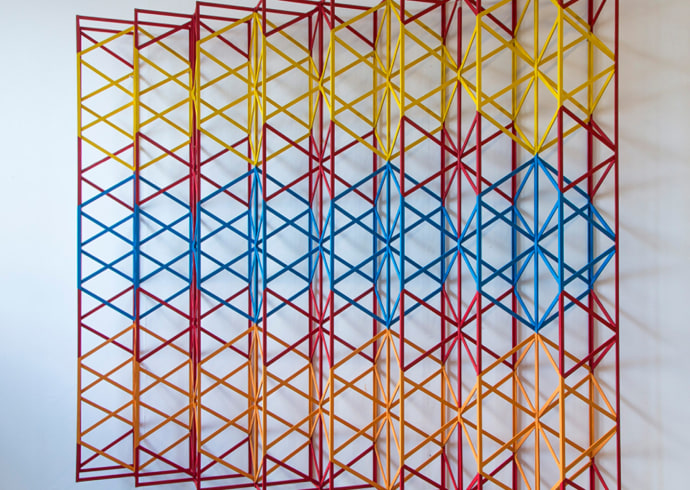
We are pleased to announce that Rasheed Araeen's work will be on view in the exhibition Defining Sculpture at the Albright-Knox Art Gallery in Buffalo, New York. The exhibition, which centers around the question of "What sculpture is and is not" runs from June 18 - October 9, 2016, and is comprised of work from the museum's permanent collection, featuring artists such as Robert Rauschenberg, Claes Oldenburg, Tara Donovan, and many others. Araeen's work was acquired by the museum for their permanent collection in Spring of 2015.
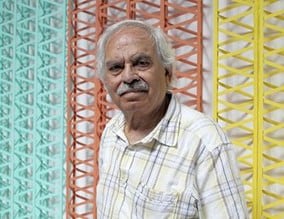
Rasheed Araeen should not need an introduction: he is one of the foremost pioneers of Minimalist sculpture in Britain. And yet, (with his first exhibition in Asia taking place now at Rossi & Rossi, Hong Kong), that there is a need to introduce Araeen refers to something that has driven at least part of this artist's 50-year career.
